HAMMETT AND CHANDLER
I have often said I was inspired by the hard-boiled fiction of Dashiell Hammett and Raymond Chandler. My preferences also run toward the dark fiction of Cornell Woolrich, the scatological explorations of James Ellroy, and the pure pulp of Jim Thompson. Those five authors makes up a large selection of my home library.
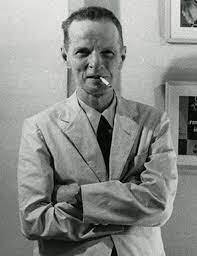 Cornell Woolrich
Cornell Woolrich
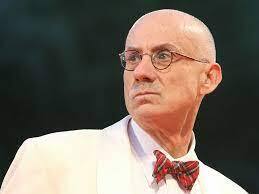 James Ellroy
James Ellroy
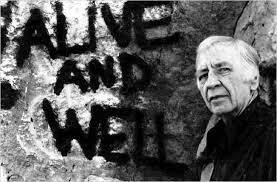 Jim Thompson
Jim ThompsonBut when considering early hard-boiled fiction, the roots of which lie largely with Hammett and Chandler, it is important to make a distinction between their styles and influences. Chandler gave Hammett the highest praise when he wrote:
“Hammett wrote at first (and almost to the end) for people with a sharp, aggressive attitude to life. They were not afraid of the seamy side of things; they lived there. Violence did not dismay them; it was right down their street. Hammett gave murder back to the kind of people that commit it for reasons, not just to provide a corpse; and with the means at hand, not hand-wrought dueling pistols, curare and tropical fish. He put these people down on paper as they were, and he made them talk and think in the language they customarily used for these purposes”
The thing to consider is the approach each took toward the development of their respective styles. Hammett worked for the Pinkerton National Detective Agency from the age of 21 until he was 28. He was involved in enough work for the agency to know how things operated. This allowed him, as Chandler stated, to give murder back to the people who really committed it.
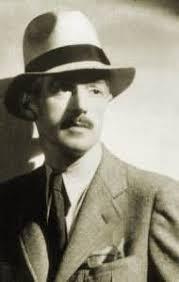 Dashiell Hammett
Dashiell HammettChandler, on the other hand, was born in the United States but educated and raised in England. He developed a refined sense of life while undermining his professional success as the vice president of an oil syndicate through his alcoholism.
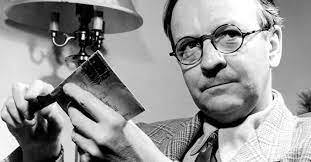 Raymond Chandler
Raymond ChandlerThe Conitnental Op, featured in many of Hammett’s short stories as well as the main character in “Red Harvest” is a weary veteran of the detective trade who has no compunction about setting opposing sides against each other. Philip Marlowe, Chandler’s primary protagonist, references clothes and flowers and architecture like a member of high society would, even though he wouldn’t dare become one of its members. Someone once said Chandler wrote the character he always wanted to be. Perhaps that is true of most writers.
The differences are stark and obvious once you start reading their respective works. They were in the forefront of a new and uniquely American kind of fiction, one that can be compared in many ways to anything literary of the time period. The focus on their craft is what earns them this distinction.
So, it is possible to view both as inspirational in terms of accepting and continuing within this genre. It is necessary, of course, to establish one’s own voice. Therefore, in creating Harold Bergman, the main character in “The Day of Calamity, Volume One of the Wichita Chronicles”, we have a character who has a similar background to Hammett’s Op (i.e. former policeman) while espousing the intellectualism of Marlowe via discussion of Old Testament passages. And, perhaps, Harold Bergman is the type of character I wanted to be.
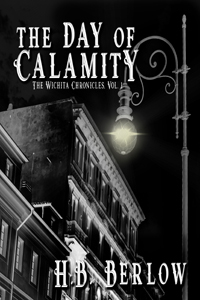
The differences are apparent. Yet, the structure and tone remain embedded in a classic style.



